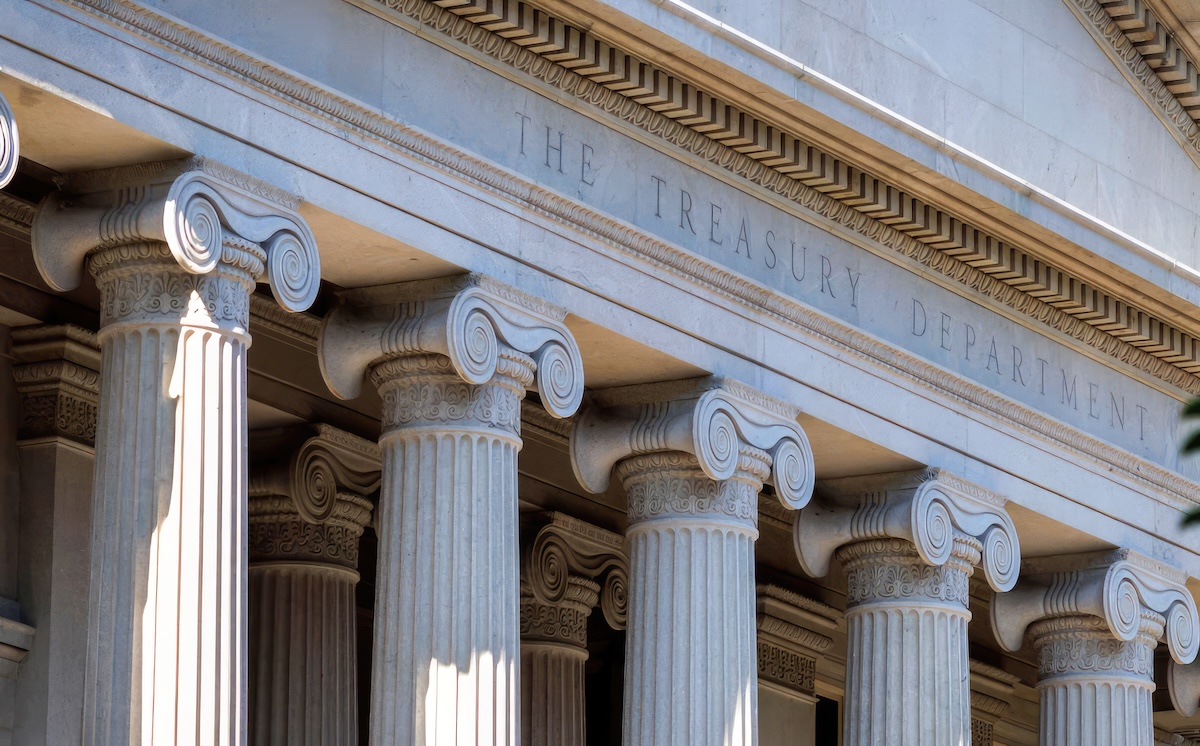
Investors piled into U.S. Treasurys on Friday after Fed Chair Jerome Powell opened the door to a September rate cut. But one economist is warning the rally won’t last.
“Sell today’s Treasury rally,” wrote economist Peter Schiff. “Powell’s pivot is bearish for bonds, as it will lead to a weaker dollar and higher inflation.”
The dollar immediately plunged following Powell’s comments, with the DXY Dollar Index losing 1% to 97.68.
Schiff argues that higher inflation and a weaker dollar will ultimately sap demand for Treasurys just as Washington ramps up issuance to finance soaring deficits.
To control long-term rates, the Fed will revert to QE,” he said, referring to quantitative easing — or, in plain English, money printing.
Treasury yields fell on Friday as bond prices rose, reflecting market bets that lower rates are on the horizon. When the Fed signals rate cuts, investors often rush into bonds to lock in current yields before they decline, while also positioning for price gains as yields fall.
Schiff, like other critics, said Powell “caved” to mounting political pressure, particularly from President Trump, who has called for aggressive rate cuts to ease federal debt servicing costs and stimulate growth.
Powell, however, framed his pivot around a weakening labor market, pointing to rising unemployment, longer layoffs, and slowing job creation as risks the Fed could no longer ignore.
Is the Fed planning an “insurance cut”?
Perhaps the most striking takeaway from Powell’s remarks was the Fed’s shift away from strict adherence to its “average inflation target.” It's a policy framework adopted during the pandemic permitting inflation to run moderately above 2% for extended periods.
Economist Alex Kruger described the move as hawkish, while Renaissance Macro Research framed it as part of the Fed’s plan for an “insurance cut” in September.
Over the next month, “if you get solid data, you’ll get a hawkish cut in September. If you get bad data, you’ll get a dovish cut,” Renaissance Macro Research wrote.
Bloomberg economist Anna Wong isn’t convinced Powell has fully embraced a dovish stance but noted that he was clearly responding to political pressure.
Powell, she said, “gave a masterclass of how to straddle between placating political pressure [...] while quietly laying the groundwork for a hawkish response without appearing to do so.”
The Fed is expected to provide greater clarity at its Sept. 16–17 meeting, which takes on added importance as policymakers will also release updated projections for GDP, unemployment, and inflation.
Your email address will not be published. Required fields are markedmarked